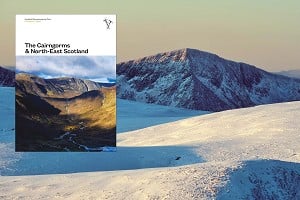
Now on its eighth edition, Cicerone's Winter Climbs: Ben Nevis and Glen Coe guidebook offers a wealth of knowledge for these ever-popular areas. Along with the obligatory route descriptions, the book includes useful information on how these climbs form. The author, Mike Pescod, has spent 27 years climbing and guiding on Ben Nevis and across Scotland. This experience is on full show throughout the guide, particularly in relation to info that helps the reader select a route appropriate to conditions.
Despite the title, this guide also contains topos and descriptions for many popular surrounding venues. Beinn Udlaidh is described in good detail in the Glen Coe section along with Stob Ban, Aonach Mor and Aonach Beag in the Ben Nevis section, all of which are also provided with good topos. Brief descriptions of the standout climbs at Sgurr an h-Ulaidh, Beinn a' Bheither, Beinn Fhionnlaidh, Garbh Bheinn, Stob a' Ghlais Choire are also given, but if you're wanting more detailed coverage of these crags then other guides such at the SMC Scottish Winter Climbs West will be more suitable.
To be successful across a Scottish Winter season, choosing the right routes at the right time is a significant part of the battle. Scottish Winter guidebooks often provide a brief description of how to best select routes based on conditions, but you don't often get loads of this sort of detailed advice. Modern resources have helped this process with up-to-date mountain weather forecasts such as MWIS, and UKC Winter Conditions reports that can tell you which specific routes have been climbed recently, and may be 'in'. However, this can result in a honeypot effect on routes. One of the most rewarding experiences in Scottish Winter is being the first on a freshly formed route with nobody else around, having made that call yourself. Crafting a true understanding of when and how climbs form is something that takes a lifetime of skill. That said, Mike Pescod does an excellent job in the introductory sections to deliver much of this information to the reader, and this will no doubt enhance many climbers' toolkit when preparing to select routes. There is in-depth description of the weather involved in the formation of route types and how this will affect the difficulty or viability of climbs.
On top of this, the book offers a good categorisation of climb styles which are described in detail during the introductory chapters. But what will be most useful for many climbers unfamiliar with the crags or climbs is that these are represented symbolically next to each route. Route types are subdivided into the following categories:
- Snow
- Snow Ice
- Cascade Ice
- Snow Patch Cascade
- Thin Ice
- Mixed
- Rocky Mixed
- Turfy Mixed
- Icy Mixed
This means when glancing through each crag, it is quick and easy to understand whether the routes in that venue may be viable options given the time of year or conditions in the run-up - although I would add some of these symbols are a bit hard to understand without referring back to the legend on the cover flap.
There are good maps across the guide which provide detail of approaches and buttress locations. The Ben Nevis map is particularly useful across the inside of the back cover for quick reference. Topos are for the most part high quality and give a practical sense of where the buttresses are in relation to the rest of the hill as well as giving clear and uncrowded route lines. The routes themselves provide excellent coverage across the grade ranges, from grade I right through to VIII and occasionally beyond, meaning there is plenty to go at for a wide range of climbing abilities.
Given the locations that this guide covers it's no surprise that there is an abundance of good actions shots across the venues. This provides a nice measure of inspiration and gets the blood pumping to get on some of these routes. Although the topos and action shots are high quality, when compared next to some other modern guidebooks such as Scottish Winter Climbs West by the SMC, the Cicerone guide does feel slightly more dated and less visually inspiring. This may partly be down to the smaller page size not being able to deliver the impact that a full-page spread has on a larger guide, though the design work plays a part too.
That being said, the guide feels more practical for its intended purpose in that the information is thorough yet succinct, but perhaps most importantly, due to the fact the guide is split into two separate books with an outer sleeve/cover, you'll not think twice about carrying the guide in your bag in comparison to the meaty Scottish Winter Climbs West (although this latter is available through Rockfax Digital and you'll no doubt be carrying your phone anyway).
Summary
Winter Climbs: Ben Nevis and Glen Coe is an excellent resource for the Scottish Winter climber looking for a great tool to help them cut their teeth or add to their winter climbing ticklist in the area. Although it is perhaps not quite as modern and pretty as some newer Scottish guidebooks, and does not have the advantage of appearing in app format as well as a printed book, it offers a great amount of practicality and knowledge in an extremely digestible and portable format that other paper guides simply do not match. I don't want to imply that this guide isn't an excellent resource for the experienced Scottish Winter climber (it clearly is), but I would say that for those beginning their Scottish Winter climbing journey and looking to understand the area and Scottish conditions in general, this book provides it all in one purchase.

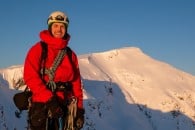

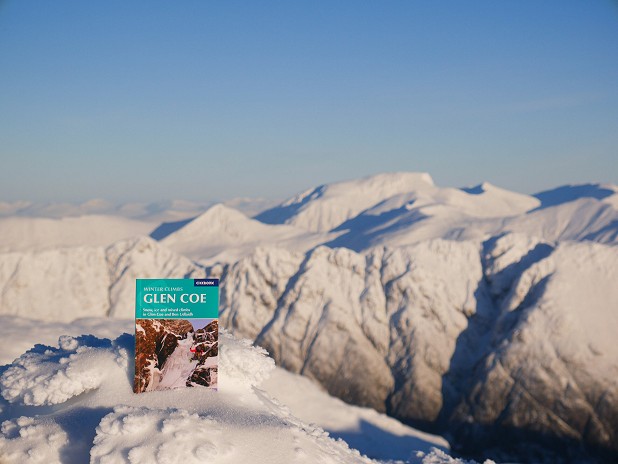
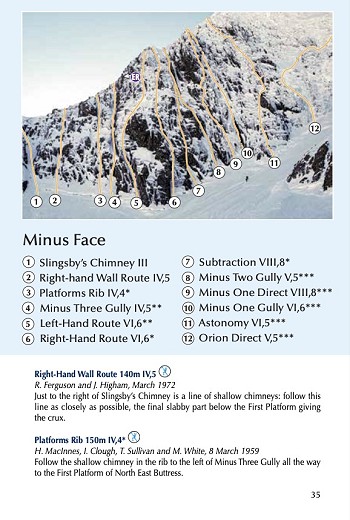
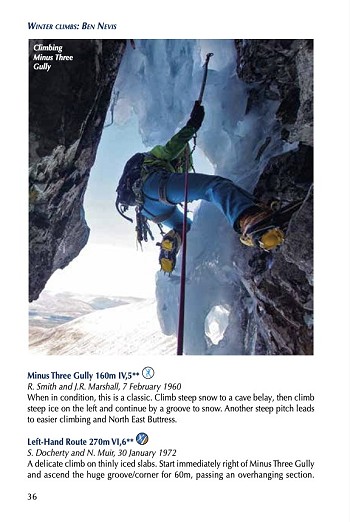
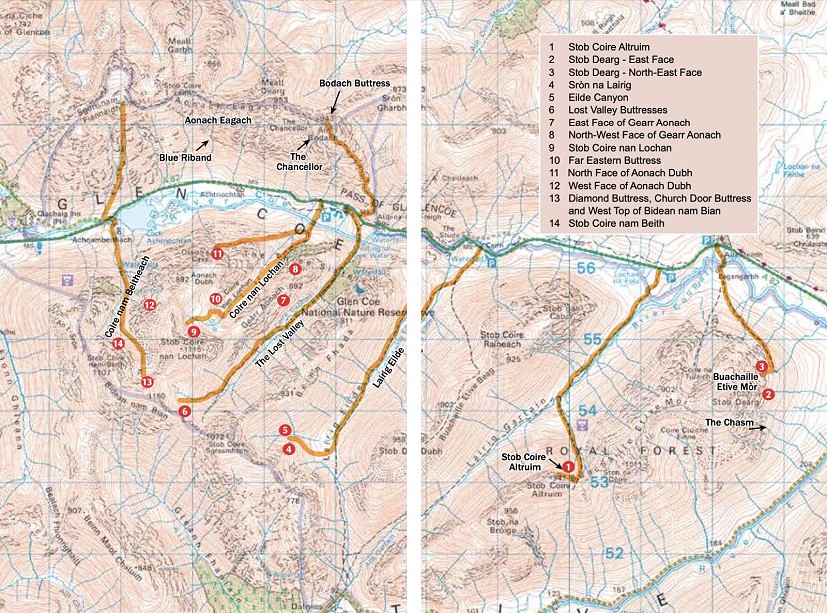

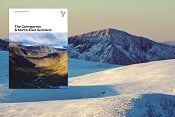
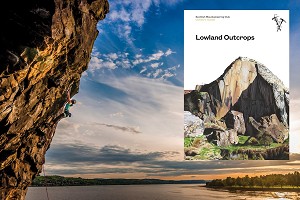
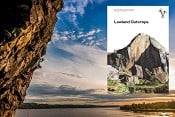


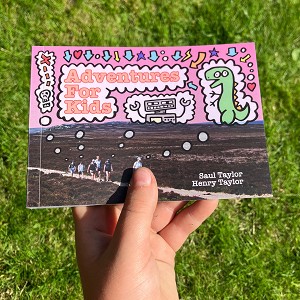
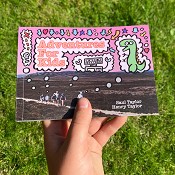
Comments